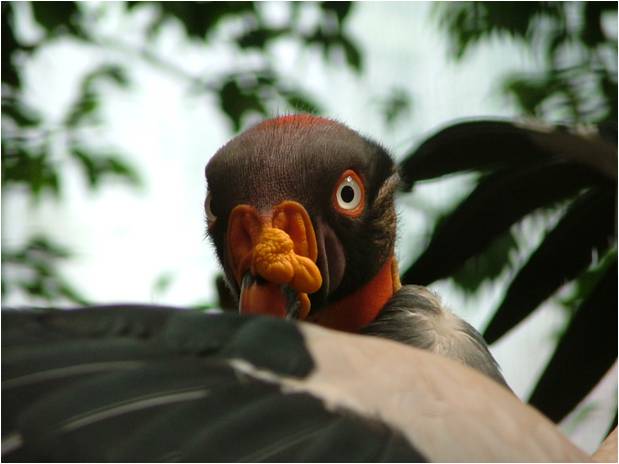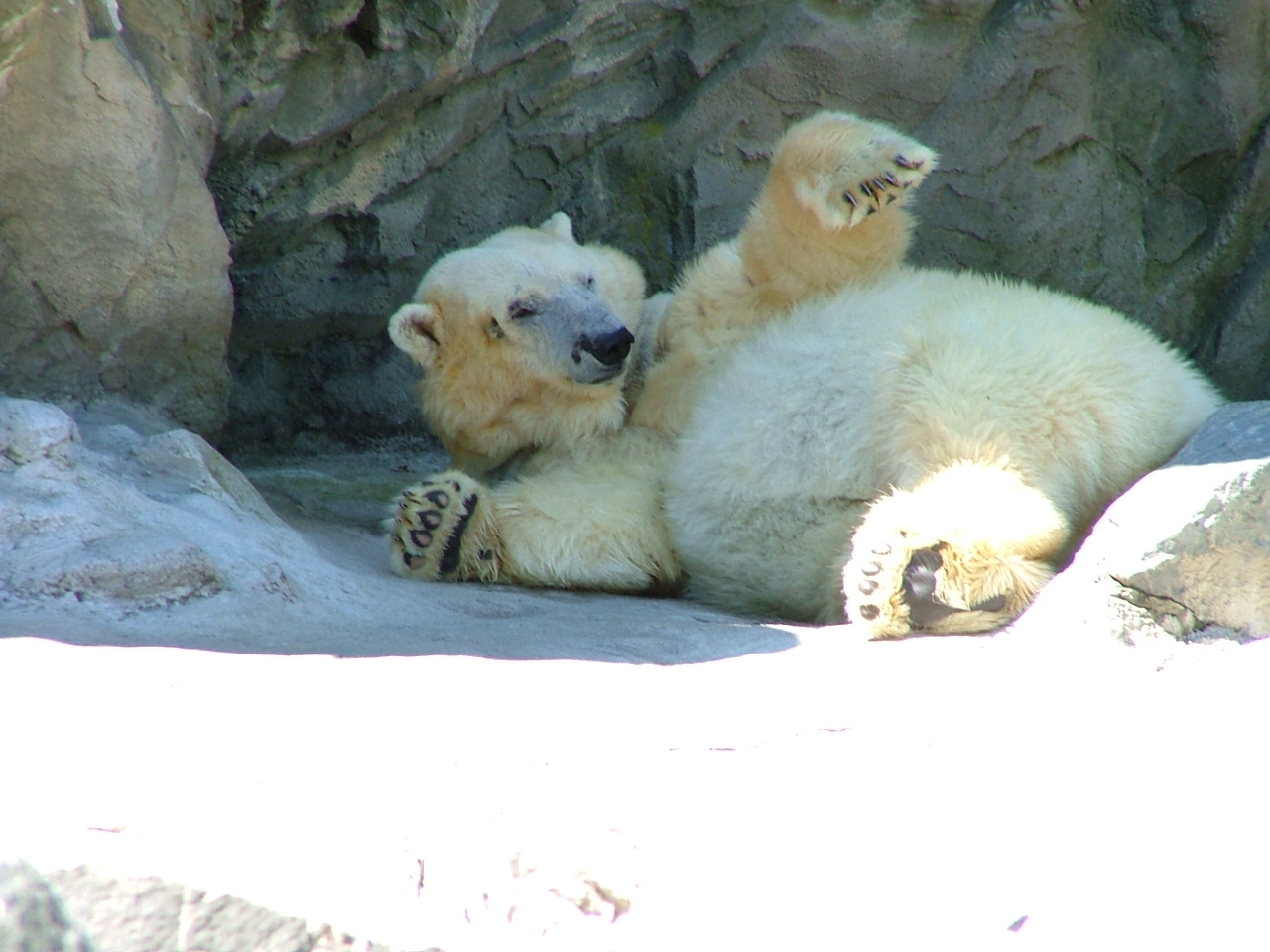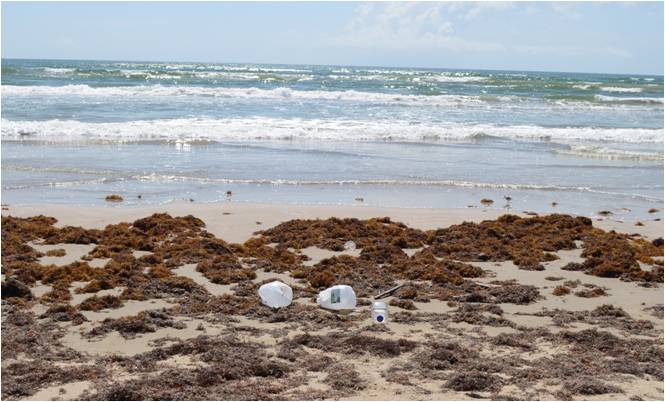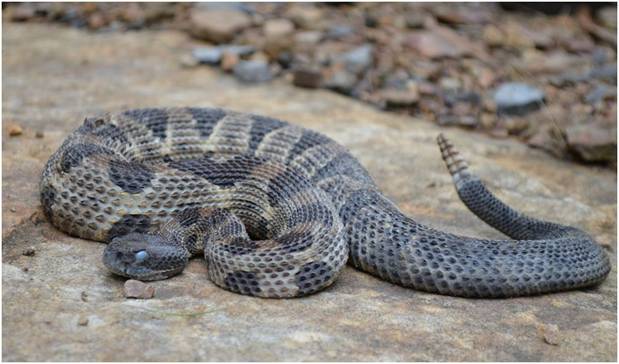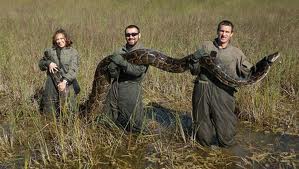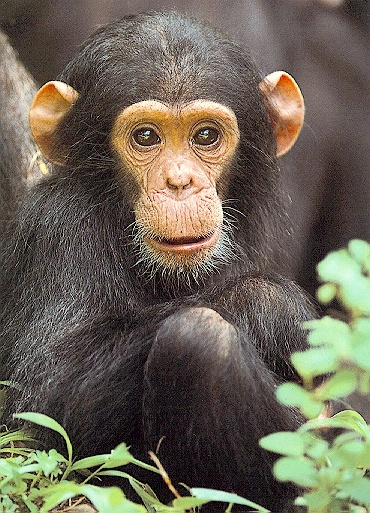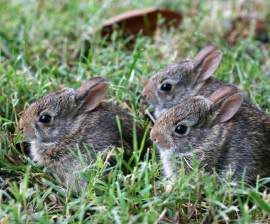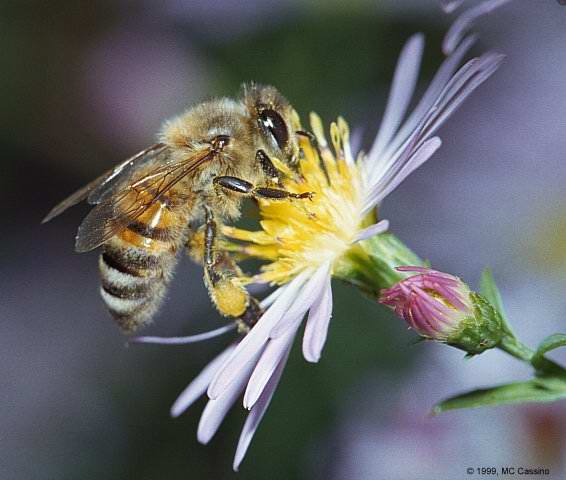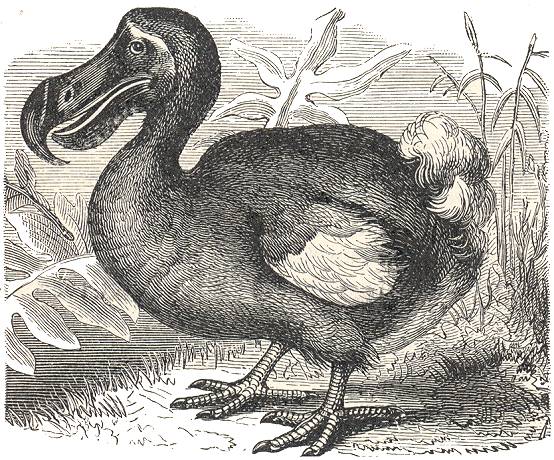1 September marks International Vulture Awareness Day. Although sometimes regarded as ugly and gross, vultures play a most important role in keeping ecosystems healthy. They serve both a biological and cultural significance. Unfortunately, several species are under threat of extinction due to humans. And please believe me when I say, this is not a species that we can live without. Collectively, there are 23 species of vultures that are classified into two groups: Old World Vultures and New World Vultures. Although all species are similar, these two groups actually belong to different families. There are 16 species of Old World …
Vultures: Ecosystem Guardians
